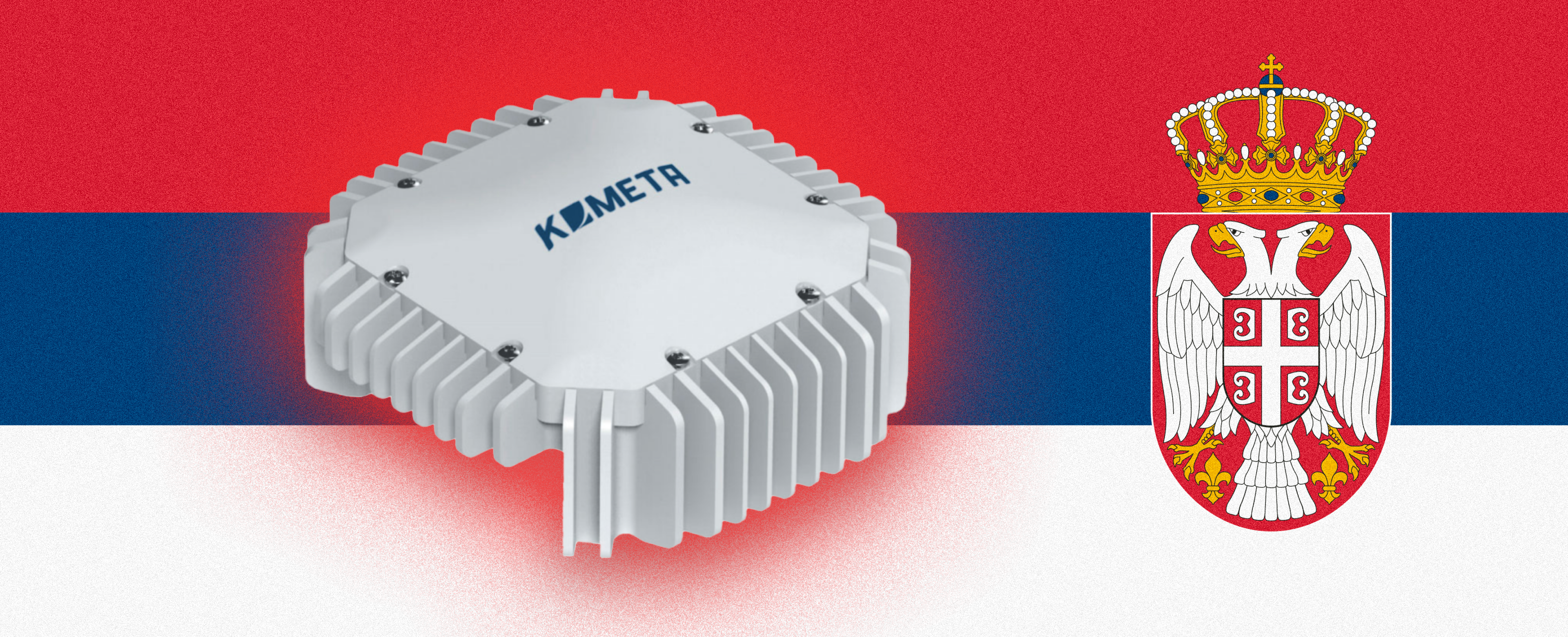The Russians created 60 sites that imitated official news resources, but presented distorted information about the Russian-Ukrainian war. For example, “The Guardian”, “Der Spiegel”, “Bild”, “ANSA” and others were forged. And to spread disinformation on a larger scale, more than 1,600 fake accounts were used on Facebook, 29 on Instagram. And in this way Russian propaganda was instilled among audiences in Germany, Italy, France, Great Britain and Ukraine. For example, they spread the fake that the tragedy and genocide of Ukrainians in Bucha was a “false staging”, accused “Ukraine of organizing attacks and developing biological weapons”, and depicted “Ukrainian refugees are criminals and rapists”. Instead, they wrote that Russia does not commit war crimes, and sanctions against the Russian Federation hit those countries that imposed them.
This network worked actively throughout the summer. They were the first to be noticed by investigative journalists in Germany. Meta says they figured out the Russian fake network quickly and cleaned it up before it could reach a large audience. It is previously known that more than 5,000 accounts were affected. They add that this was the largest and most complex Russian propaganda operation since February 24, 2022, since the beginning of Russia's full-scale invasion of Ukraine. During Meta's investigation, it turned out that it was only part of the bots—Facebook's auto system had already removed many fake profiles.
How to understand you are not reading fakes?
Pay attention to the sources of information in the publication
— Sources of information must be in the article (if it is not an essay or newspaper satire), but they must not be anonymous. This should immediately raise suspicion. The principle of anonymity of the source is justified if a person, for reasons of his safety or the safety of his relatives, asks not to be named (especially in war conditions). Correspondents must fulfill the request, it is written in the ethical code of the journalist and the standards of information broadcasting.
— If the quote or statement is from social networks, then pay attention to the profile—it must be verified because, as we can see, there are many fake pages. How to understand that the profile is verified? In social networks, verification is shown by the presence of a blue checkmark, which is hard to get now. If it is not there, you can pay attention to whom the user or company page is subscribed to, and vice versa — who is subscribed to them. Let's say, if this is a politician, then most likely he will be subscribed to influential publications, foreign colleagues, and the posts on his page will collect likes and comments from those whose opinions you also listen to.
— Do not follow links that lead to unknown or suspicious sources (bbccnn.com or similar). Usually, such tricks are used, counting on the inattention of users: you saw that the address of the site begins with, conventionally, bbc, and without looking further at the address, go to read a suspicious article from an equally suspicious source.
— Also, keep an eye on the reputation of the organization quoted in the publication: if it has been noticed even once in manipulations or lies, then it is no longer a reliable source, the statements of which should be treated with skepticism.
— Sociological data can also manipulate numbers. Here it is necessary to track whose interests the sociological company represents. Do not be surprised if in the rating formed by the company, the one who is the owner will be at the top. This is especially evident on the eve of the elections.
— Citation. Even direct speech can be twisted and manipulated. And this is even more dangerous because false statements can be veiled under the guise of a quote that readers trust. Quotations can also be simply made up or poorly translated from another language.
Notice how the facts are presented in article
— Survey data are submitted without explanation, indication of sample, processing mechanism, error, customer, date.
— In a publication where there is a conflict between two parties, the position of each should be made public. Avoid articles where there is one-sided coverage of the conflict or there is an unreasonable generalization.
— Mixing lies with well-known facts is a vile manipulation. The reader, when he sees that the publication has a 100% true statement, begins to trust all the data subconsciously from the publication in the future.
— Use of false photos and videos in articles and posts. We talked about how to check them in one of our videos.
Who are the experts in the publications?
— The statements of experts often appear on the airs of TV channels and in the texts of publications. When journalists are working on a complex topic, experts help them and readers to understand. But today there are too many experts, which makes one doubt their expertise. More than one hundred memes have already been made about it. Note that the expert cannot represent a structure that does not exist. Or, if the specialist does not want to name her. It has a strange appearance.
— There is another cohort of experts — the so-called “as scientists say”. Anonymous experts do not make any of them responsible for their statements. So, who will be responsible for the inaccuracy of the wording or the falsity of the statements in this case? It is another matter if a university or a structure, a city where specialists work and one of a group of scientists who will be represented in the article are indicated (name and surname and position or rank will be indicated).
— Experts must be independent and impartial. Pay attention to whether these specialists are financed by some “interested side”. If so, you can be 99% sure that this “expert” will tell you which organization (which gives him money) is effective and cool. The same applies to politically engaged “experts”.
— And also pay attention to the field in which the expert is competent. There are many such cases, when today he talks about heavy weapons, and tomorrow he will talk about light drugs or the negative effects of red lipstick on health.
Notice how the facts are presented in article
— A good informative style text should not indicate what emotions you should feel while you read it. And the position of the author should not be there. Another thing is an author's column or blog. But, when you try to extract only facts from the entire information flow, watch carefully whether someone's opinion or evaluative judgment is presented under the guise of fact.
— Clickbait headline. Often, the title of the publication may not even correspond to the content of the article. This is such a sneaky trick to lure the reader to the site. Usually, quality articles will not pour an excessive amount of emotion into the headline.
— Conspiracy conspiracies and superstitions. This is something that does not have any factual explanation, but is based only on the emotional component of human perception.
The information war unleashed by Russia against us did not start on February 24, and not in 2014. The racist propaganda machine has been operating for decades. But during a full-scale invasion, it became even more obvious.
Let's be vigilant and not fall for Russian fakes!




